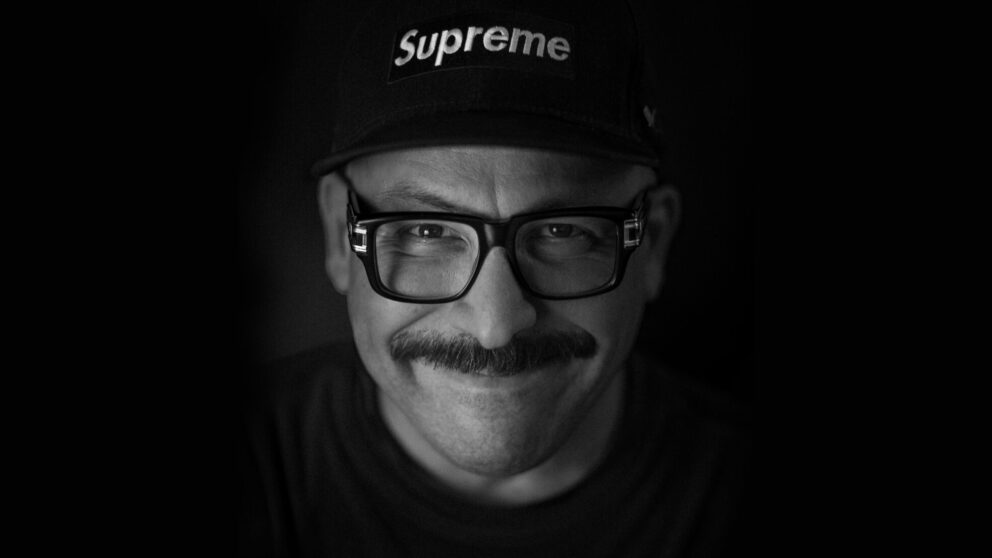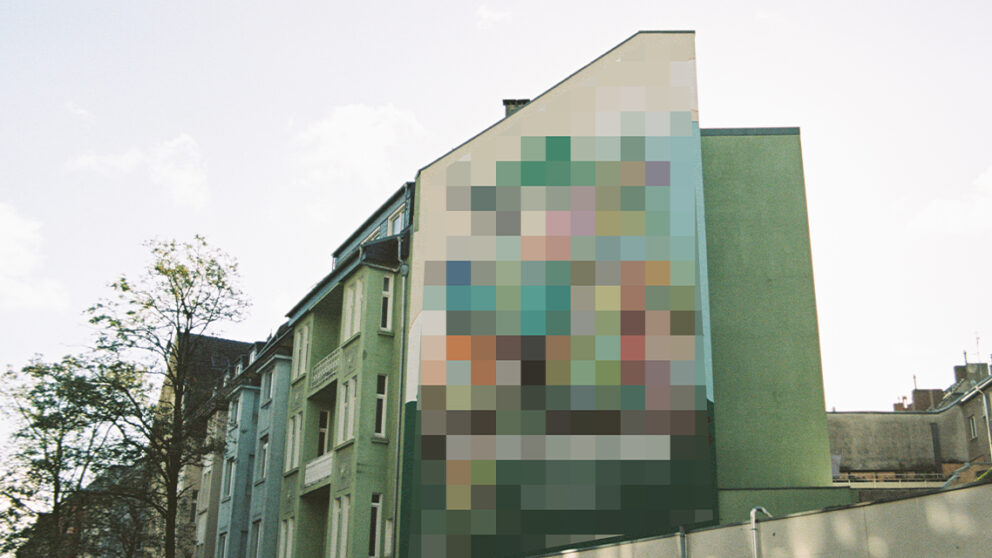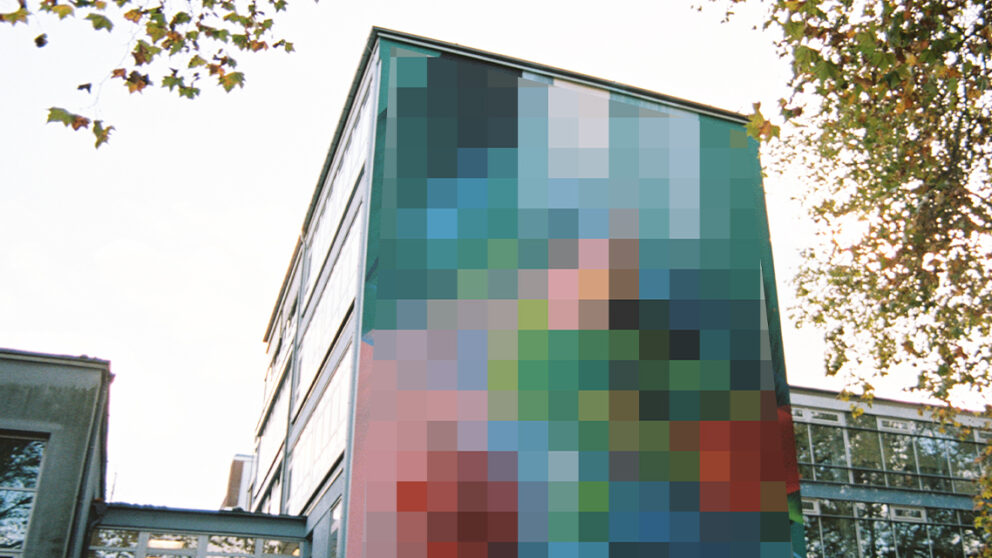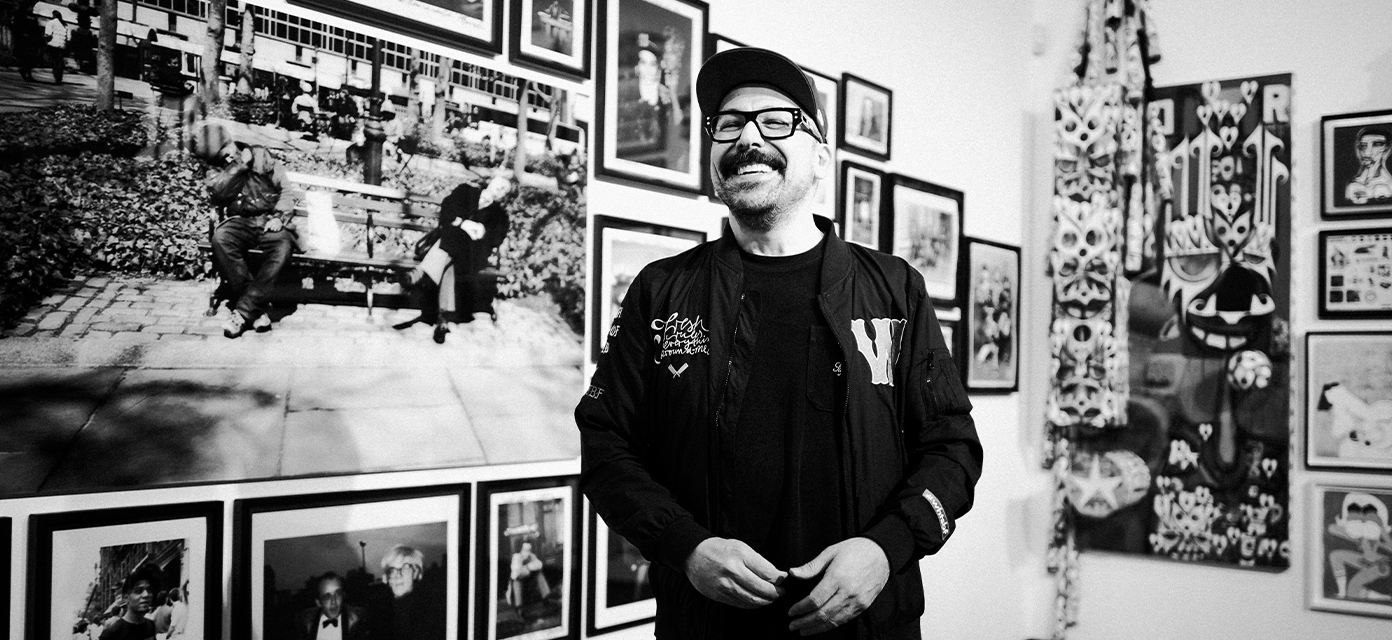
Interview with Selim Varol
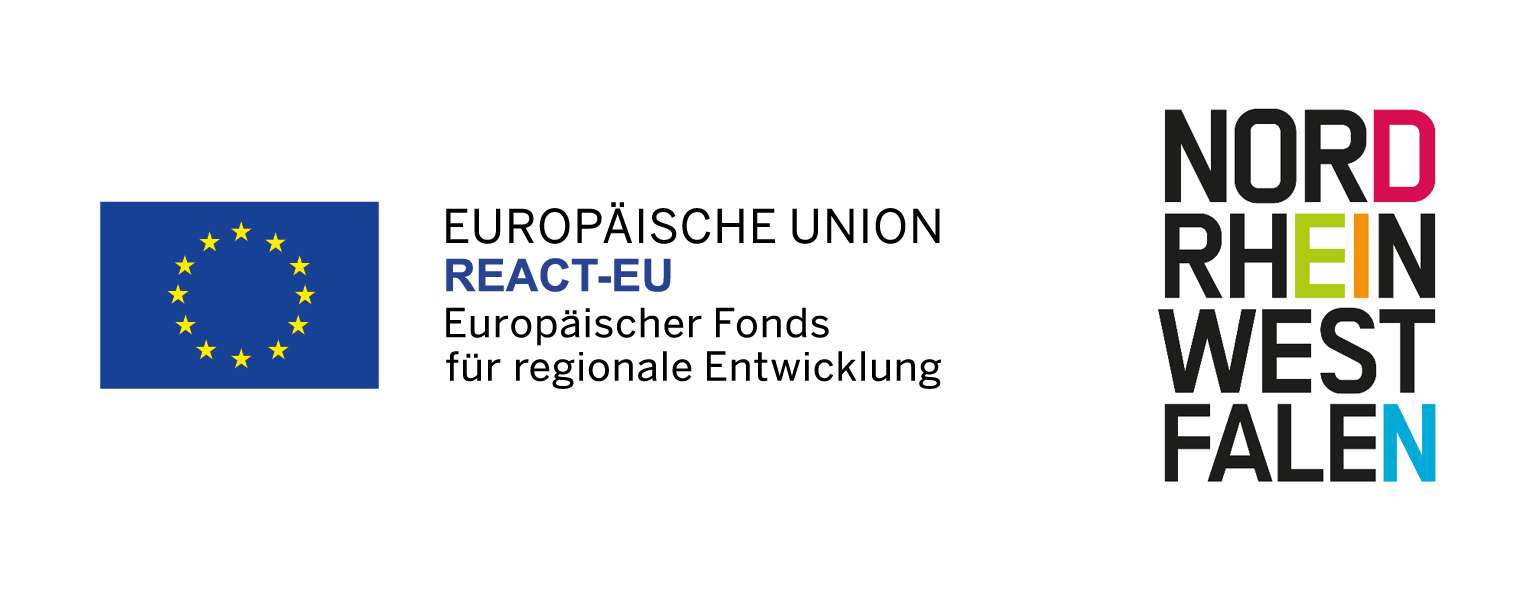
"Without art, we're all screwed."
Would you like to tell us a few sentences about yourself by way of introduction? What is your name? Where are you from and what do you do?
I am Selim and I am from Düsseldorf. I work as a host and as an entrepreneur. But most of all I am a hunter and gatherer.
In your opinion, to what extent does work for "out there" differ from work for galleries and other indoor spaces?
Yes, there are not only differences in the works, there are also differences in the artists. There are artists who are anti-art market, who don't want to go into the galleries in the museums. For them, art belongs on the street, and transience is also part of it.
And then, of course, there are artists who say that in order to create art "out there" and make a living, I also need the gallery. That gives the art market a role again.
So it's really about the issue of financing art. Who finances the artists who do their work in public space? Of course they can take their name, make a tag and mark their territory. We know this in Düsseldorf from NEU or ONG, for example. That's the pure, original form of graffiti, of "tagging.
This is not what is seen by the masses as art, as street art. The artists who spray their names big and colorful go back to "Dondi White". The New Yorker was the first artist to invent style writing in the late seventies.
And then there are the people who make art on the street, so away from graffiti, to street / urban art, who also use other materials and techniques than the can.
There are very different models of financing for artists. Some sell canvases just to make a wall. They have something in mind where they really want to paint. A project that artists then finance with the sale of a work of art. Without ever being financially remunerated for this wall, which is not for sale. Many artists per se finance their entire studio through sales of unique pieces and art editions with or without galleries. Others use the works in public space only as an advertising platform.
There are many different stories, especially now in the field of digital art. But for me, it's always the storytelling behind the work and the artists that matters. And that usually only works with the haptic work. I like art on the street, but it is ephemeral. In the collection, of course, only things that can be bought, archived, and thus exhibited again work.
But it doesn't always have to be the gallery, the museum or the street. With What's Beef in Düsseldorf and Frankfurt, I've found a gastronomic approach for me to bring art closer to people. The motto here: Street art meets street food.
What motivates you to exhibit art and thus make it accessible to other people and inspire them?
Telling the stories behind them, of course. I collect stories first and foremost. And what comes with me is simply that I naturally also tell the story of my life through it.
And exhibiting and curating is above all my passion, because it allows me to share stories. And not only to share stories, but of course also to spread the stories of the people behind the artist. And that is the very first task. It's not about me as a collector, it's about the artists that you show, to share their projects and their message. And I'm always happy when my collection comes to light and gets a stage where people can experience it.
Art in urban space is ephemeral and often only visible for a short time. How is that appealing to you?
Transience becomes part of the work, in which it is painted over, pasted over or otherwise changed by external influence. And I think that's partly good, because you can play on surfaces several times. But paper also has an effect. Especially with an artist like JR with his Inside Out Project, which has become the largest art project in the world. At the opening of the exhibition, the NRW-Forum was completely covered with portraits of the participants. The process of transience began after just one week, and after two weeks almost everything was gone. That's also nice to see. Nothing is for eternity. That's part of art and part of life.
What do you associate with Düsseldorf?
Of course there are a few artists who play a role for me in Düsseldorf, like "Magic". One of the first in the graffiti scene. Also Ben Mathis, L.E.T., Oliver Räke or Klaus Klinger or Andy and his Hood Company, THE graffiti store in Düsseldorf, which has built up a very close contact with the local and international scene over many years. The notorious twins from Brazil - "Os Gêmeos" have found a second home in Düsseldorf through him. So there is the Strom-Häusschen at Hermannplatz, the giant mural in Oberbilk, and they are coming back this year. They are now part of the Düsseldorf cityscape.
And ...of course my collection is a bit louder now, after the exhibition at the NRW-Forum/Kunstpalast. That was really important and we really made a difference. It's the most successful exhibition under the current management that the NRW-Forum has ever had. In the end, there will certainly be more than 60,000 visitors. That's great to see. Because that also spreads the message of the art and the artists. And it's also great for me, not only in Düsseldorf, to exhibit such a colorful bouquet after three years of Corona Tunnelblick, with something for everyone. It's not just the highbrow art. The curatorial approach we worked out with Alain Bieber was to make the exhibition accessible to everyone. And that, I think, is really the most important thing. That everyone can find an approach. Over 30% under the age of 18. An estimated 20% have an immigrant background, which has never been seen before in Germany.
Düsseldorf also has a very young scene. There are a lot of newcomers. But there are also names that have been around for a very long time. I couldn't begin to list names, there are always important ones missing.
Is there anything last you'd like to get off your chest?
I came to art through collecting toys and pop culture. No matter what medium an artist uses, at the beginning and at the end the most important thing is the idea.
We all need the inspiration of artists, and I think without creativity, without art, we're all screwed. This is really something that everyone needs to understand. Without the creative approach in art, without the implementation of ideas, whether visual or textual, humanity will not continue. Without the creative exchange also the economy will not be able to develop further and the origin of every further development is the creative approach, is the art.
In every tour I've done so far in my exhibition, I say, "Art is the most important thing we have." And you can say that in the context maybe afterwards: I personally see art as the most important school subject, and maybe even the most important thing in our world at all. Art is the foundation of our existence.
Thank you for taking the time!
Your Instagram:
https://www.instagram.com/toykio/
Your website:
Moreabout Wonderwall's exhibition: https://www.duesseldorf-tourismus.de/veranstaltungskalender/wonderwalls-art-toys-2bd7fd18de

